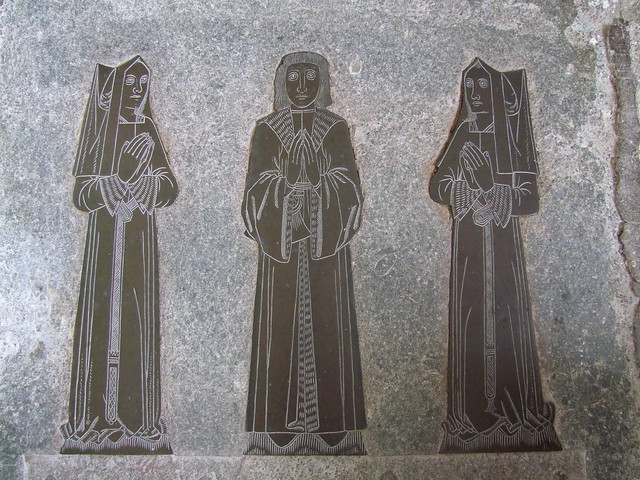Sadly, I have decided to give up arranging my public church day tours. I have been running these for over 30 years. They have been thoroughly enjoyable and I have met many interesting people along the way.
These tours take a huge amount of organisation and since Data Protection came into force it has been almost impossible to obtain contact details for individual churches. In an average year I have to contact in excess of 50 churches (just for day tours) and when you don't receive a response from half of them and spend hours trying to make contact it just takes the fun out of it.
For the past two years I have run the tours at a loss and COVID-19 has made the situation even worse.


